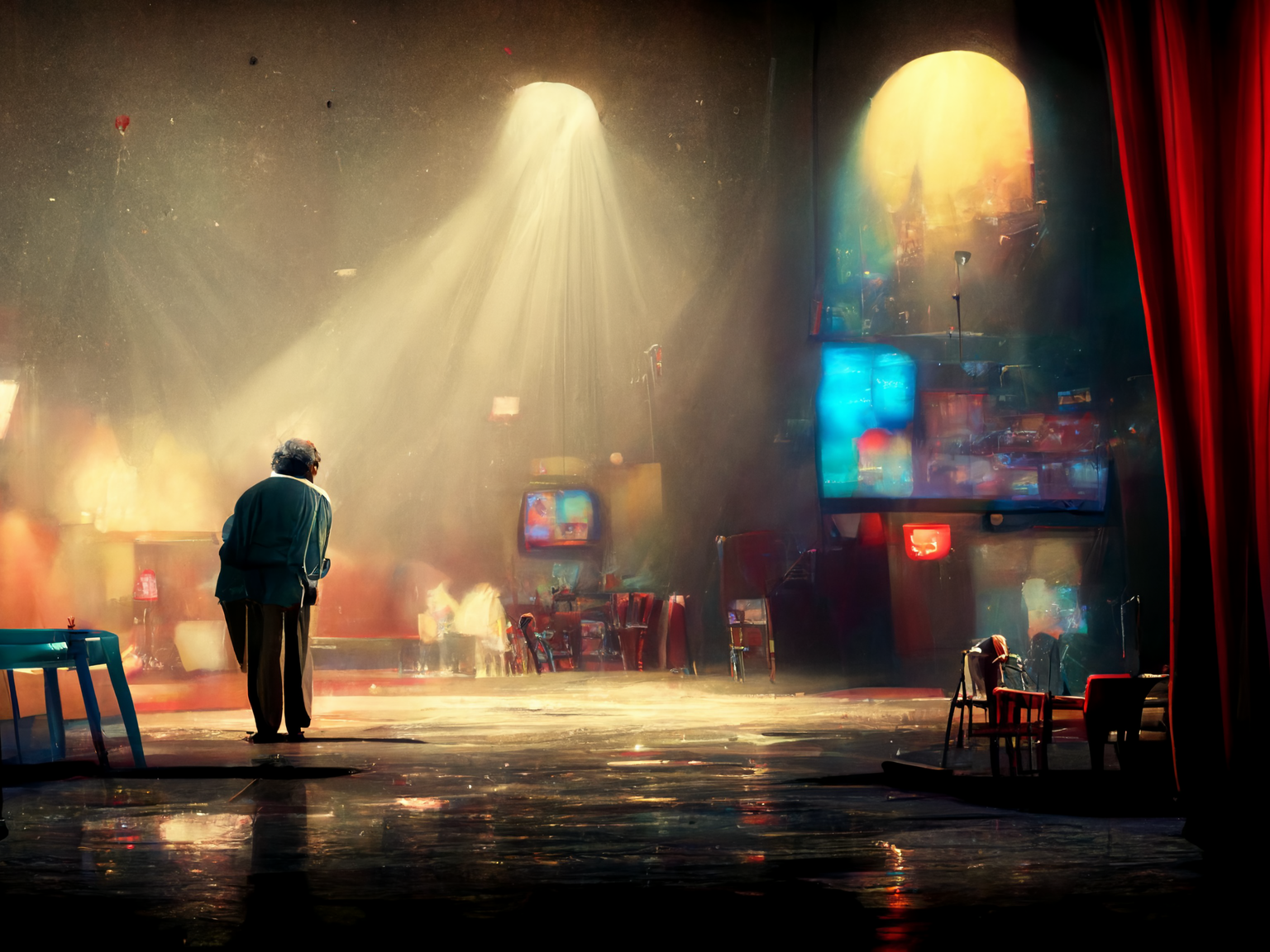A package arrives on a man's doorstep. Inside, wrapped tightly in cellophane are the instructions to build a time machine. He reads the manual cover to cover, and three years later, a bundle of metal and wiring is tucked into the corner of his garage, ready for its maiden voyage. He takes the instruction manual, steps into the vessel, and travels back three years, to the day it all started. He creeps up to his doorstep and drops the manual, ringing the bell once before fleeing to the future. This is where things get complicated.
Looking at the manual, a paradox emerges. If the time machine was used to transport the manual back in time, and the manual was used to create the time machine, then who created the manual, and where did it come from? This is the Bootstrap paradox.
This paradox's focus can be a person, object, or piece of information. While the anecdotes may vary, the premise remains the same. There is a connection between the past, present, and future. Time passes linearly, from point to point but the Bootstrap Paradox challenges this notion. Let’s think of the past, present, and future as three points: A, B, and C. In this case, A influences B, and B influences C. However, C then influences A once again. An analogy might help here. Picture a scientist traveling back in time and explaining the theory of relativity to Albert Einstein. Einstein then publishes the theory which is read by the traveler in the future and in essence, the future has influenced the past.
The bootstrap paradox challenges the idea of time and the concept of free will, raising the question, “Do we have a choice?”. If a time traveler has received the instructions to build a time machine from himself, has his fate been predetermined?
Following traditional logic, this is impossible, violating the second law of thermodynamics: that in any closed system, the entropy of the system will either remain constant or increase. Theoretically, any object stuck in a time loop should eventually wear down and disappear, rendering the loop closed, and the object ineffective, but this is not the case. The book maintains its form, no matter how many times the loop has been completed, suggesting that time travel bypasses the laws of physics and is therefore logically impossible.
Suspending our disbelief, however, we can find a solution to this paradox, the multiverse theory; the idea that when a person travels through time, they enter an alternate universe, a duplicate. Acting in this new universe, the traveler leaves the original untouched. While this theory is more of a bypass than a solution, it is the only viable answer that has been proposed.
Truth be told, we may never know the answers to these questions. We don’t know if the world we live in is a continuous stretch, from the past to the future, or if the past, present, and future all exist at the same time. Even more unsettling is what we do know. We know that once time travel is discovered, it will have always existed. And if this is the case, then freedom of choice is merely a concept created in the mind, a faltering idea that pales in comparison to a universal truth. Whatever the answer, the real question is, do we want to know?










